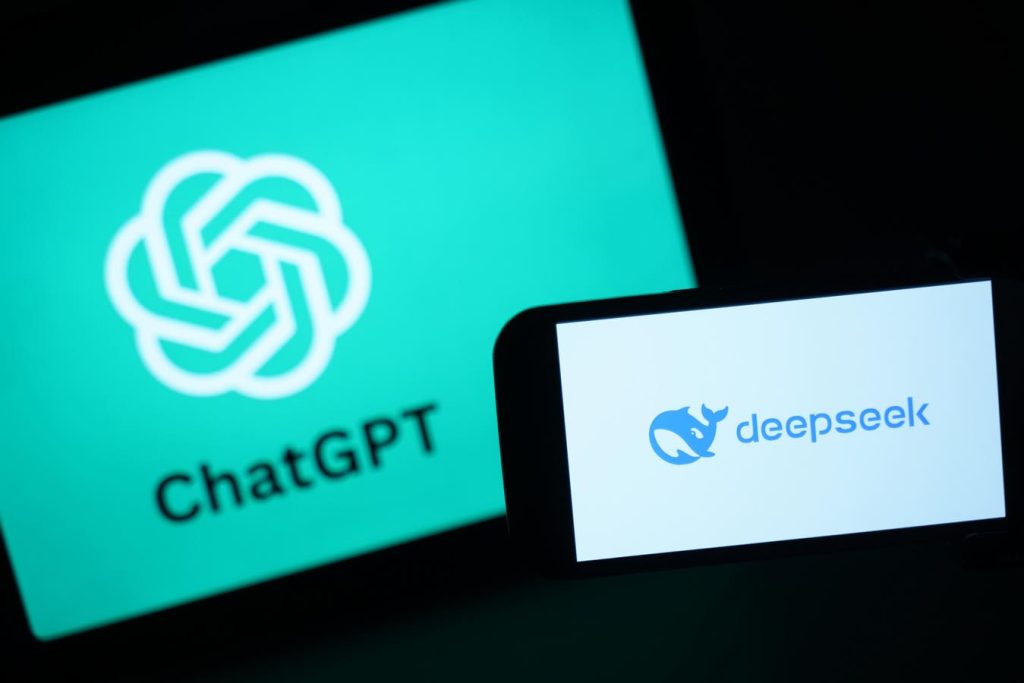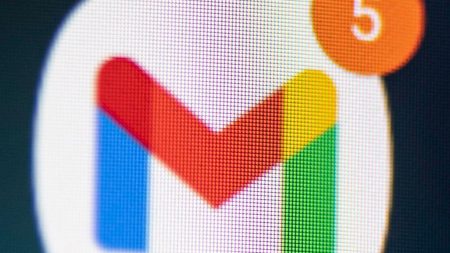As business leaders adopt generative artificial intelligence they must decide whether to build their AI capabilities using open-source models or rely on proprietary, closed-source alternatives. Understanding the implications of this choice can be the difference between a sustainable competitive advantage and a strategic misstep.
But what exactly is ‘open source?’
According to the Open-Source Initiative (OSI), for software to be considered open, it must offer users the freedom to use the software for any purpose, to study how it works, to modify it, and to share both the original and modified versions. When applied to AI, true open-source AI include model architecture (the blueprint for how the AI processes data); training data recipes (documenting how data was selected and used to train the model); and weights (the numerical values representing the AI’s learned knowledge).
But very few AI models are truly open according to the OSI definition.
The Gradient of Openness
While fully open-source models provide complete transparency, few model developers want to publish their full source code, and even fewer are transparent about the data their models were trained on. Many so-called foundation models – the largest generative AI models – were trained on data whose copyrights may be fuzzy at best and blatantly infringed at worst.
More common are open-weight systems that offer public access to model weights without disclosing the full training data or architecture. This allows faster deployment and experimentation with fewer resources, though it limits the ability to diagnose biases or improve accuracy without full transparency.
Some companies adopt a staggered openness model. They may release previous versions of proprietary models once a successor is launched, providing limited insight into the architecture while restricting access to the most current innovations. Even here, training data is rarely disclosed.
Navigating the Gradient
Deciding whether an enterprise wants to leverage a proprietary model like GPT-4o, or some level of openness, such as LlaMA 3.3, depends, of course on the use case. Many organizations end up using a mix of open and closed models.
The main decision is where the model will reside. For regulated industries like banking, where data can’t leave the premises due to regulatory constraints, open-source models are the only viable option. Because proprietary model owners need to protect their intellectual property, those models can only be accessed remotely via an application programming interface (API).
Open-source models can be deployed on a company’s premises or in the cloud.
Both open and closed models can be fine-tuned to specific use cases, but open-source models offer more flexibility and allow deeper customization. Again, the data used in that fine tuning need not leave the company’s hardware. Fine-tuning proprietary models requires less expertise but must be done in the cloud.
Still, cost and latency can tip the scales in favor of proprietary AI. Proprietary providers often operate large-scale infrastructure designed to ensure fast response times and predictable performance, especially in consumer applications like chatbots or virtual assistants handling millions of queries per day.
Open-source AI, although cheaper to operate in the long run, requires significant investment in infrastructure and expertise to achieve similar latency and uptime.
Navigating the regulatory landscape is another concern for companies deploying AI. The European Union’s Artificial Intelligence Act sets stricter transparency and accountability standards for proprietary AI models. Yet proprietary providers often assume greater compliance responsibility, reducing the regulatory burden on businesses. In the U.S., the National Telecommunications and Information Administration (NTIA) is considering guidelines that assess AI openness through a risk-based lens.
Of course, a major consideration is security. By using a proprietary model, companies place their trust in the provider that the model is secure. But that opacity can hide vulnerabilities, leaving companies reliant on vendors to disclose and address threats.
Open-source models, on the other hand, benefit from global security research communities that rapidly detect and patch vulnerabilities.
Still, businesses often prefer the convenience of API access to proprietary models for rapid prototyping. And for consumer facing applications, proprietary models are fast and easy to integrate into products.
Will Open-Source Overtake Proprietary Models?
But an even larger issue looms over the future of closed and open source. As open models increase in performance, closing the gap with or even exceeding the performance of the best proprietary models, the financial viability of closed models and the companies that provide them remains uncertain.
China is pursuing an aggressive open-source strategy, cutting the cost of its models to steal market share of companies like OpenAI. By openly releasing their research, code, and models, China hopes to make advanced AI accessible at a fraction of the cost of Western proprietary solutions.
Key Takeaways for Business Leaders
Remember Betamax, the proprietary video cassette recording format developed and tightly controlled by Japan’s Sony in the 1970s. It lost to the more open VHS format for the same reason many people think closed AI models will eventually be eclipsed by open-source AI,
Leaders must define what they want to achieve with AI, whether it be efficiency, innovation, risk reduction, or compliance, and let these goals guide their model selection and deployment strategy. For example, they can leverage open-source communities for innovation and rapid prototyping, while relying on proprietary solutions for mission-critical, high-security applications.
Collaborating with external partners and leveraging both open-source and proprietary models as appropriate will position organizations to innovate responsibly and remain competitive.
The key is for leaders to understand their unique operational needs, data sensitivities, and technical capabilities—then choose accordingly. But choosing between open-source and proprietary AI models is less a binary decision than it is finding the optimal model on a continuum from closed to fully open.
Read the full article here









